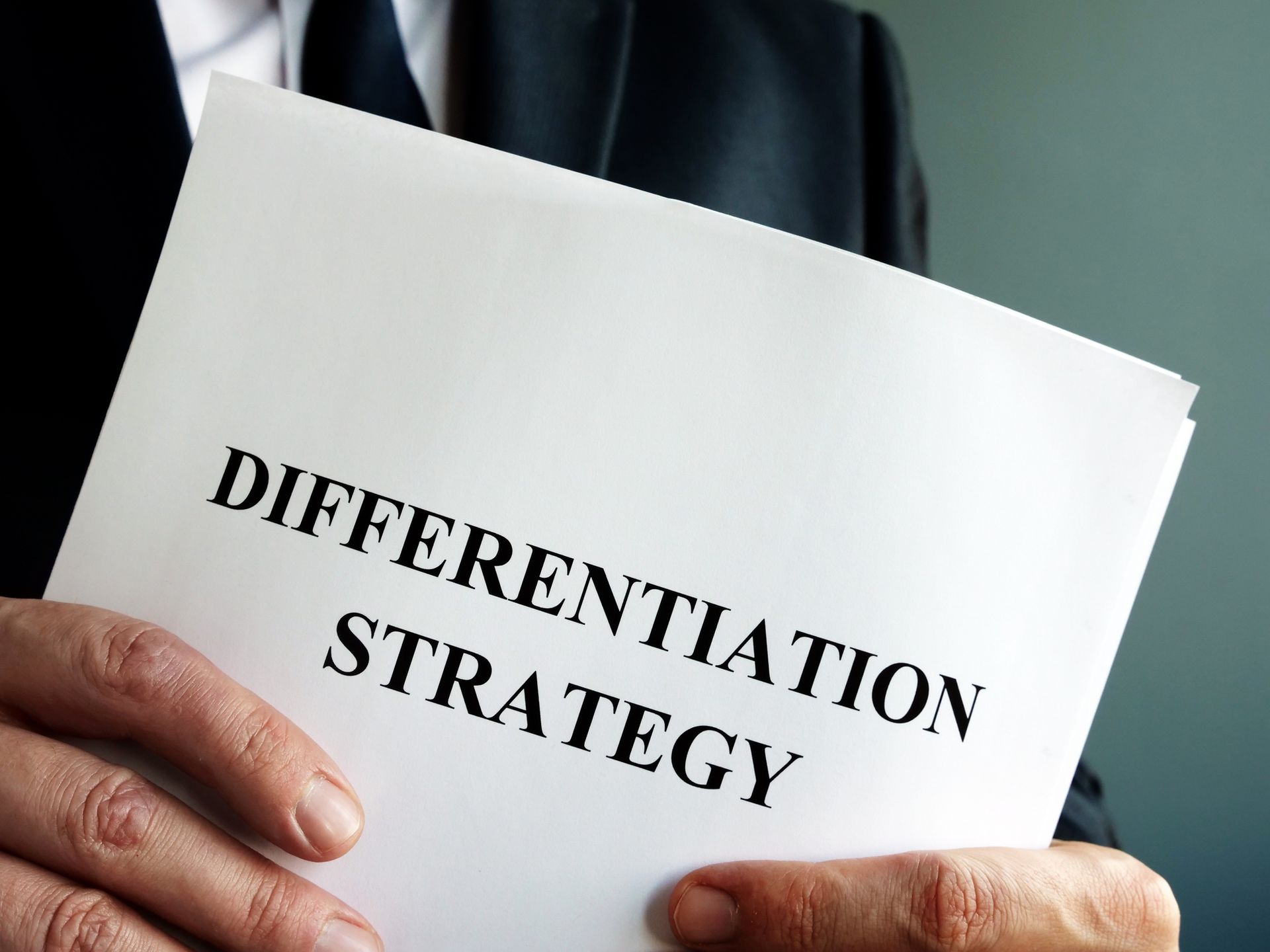Market-Led Proposals (MLPs)
In stark contrast to client-initiated RFPs, in an MLP it’s your job to make clear to the client organisation, its ‘why’. It’s incumbent upon you to take any subjective reasoning and convert this into hard-core, tangible, measurable outcomes and stakeholder benefits.
Most significant of all, will be your ability to render the client unwilling to consider anyone else for the project: You need to demonstrate that the sum total of the value you intend to deliver, and are capable of delivering, is genuinely unique to your organisation’s own specific strengths and abilities.
ACADEMY KNOWLEDGE BASE

By Jordan Kelly
•
April 16, 2025
If you’re a senior executive responsible for setting – and overseeing the attainment of – your enterprise’s corporate growth goals, I have a question for you: How informed are you on the individual contracts that comprise the overall total of your organisation’s business-under-pursuit? How certain are you that the priorities underpinning the prioritisation of current […]

By Jordan Kelly
•
March 2, 2025
Prominent social commentator of the Victorian era, John Ruskin, famously observed: "There is hardly anything in the world that some man cannot make a little worse and sell a little cheaper, and the people who consider price only are this man’s lawful prey." Ruskin’s words are nowhere more applicable than in the world of high-value tenders. With rarely an exception, those organisations that issue market calls with the sole or primary objective of sparking price competition (and getting a cut-throat deal), inevitably pay the price in some other form. That’s not news. But it doesn’t apply to all potential customer organisations . . . and the ones to which it doesn’t apply are, obviously, the ones smart transport operators want to be targeting. The trick is to give those organisations a solid reason – other than cost – to choose you . Differentiating in A Highly Commoditised Space You know what’s coming, right? You guessed it: The predictable admonition to differentiate your company and your offering on something other than price. That’s all well and good, but let’s take, for example, my readers from the transport sector (and other highly commoditised industries): When the competition offers exactly what you do and you’ve done everything you can – exactly how do you differentiate? The answer: You think from the client’s head. The point of self-focus from which the vast majority of bidders come when responding to an Expression of Interest (EOI), Request for Tender (RFT) or Proposal (RFP) renders it hard to see what’s most meaningful to the client. Sure, what the client wants is articulated in the selection criteria . . . but, in some industries particularly, these criteria can be pretty bald and (often, if the client documentation is template-based) not nearly as contract-specific as they could be. So . . . you have to dig deeper . Way below surface level. A Courageous Pursuit Recently I conducted a series of bid strategy sessions for a rapidly growing mid-tier organisation in a somewhat courageous pursuit for a certain type of contract with a very large mining consortium. After leading the senior management and the appointed bid team through a comprehensive and in-depth analysis of the competitive landscape, the surprised and humbled team made the collective observation that, “We’re not anything special after all. We don’t do anything more or anything different than anyone else.” I assured them they did. They had done something very different indeed by conducting a series of detailed, in-depth analyses of their prospective client’s world, of its priorities, and of their own capabilities in the context of their new-found knowledge. There’s A Tangible Value to A Client-Focused Bid That made them immeasurably different. Unlike their competition which would undoubtedly present the same old template-style, supplier-centric dross as everyone else, they would – through a now- deep understanding of their client – produce a bid that clearly demonstrated a superior knowledge of that organisation’s operating environment and challenges. Critically, my client would demonstrate that it had formulated its service proposal in direct (and comforting) accordance with these. A response of that quality offers a distinct and very real value to the procuring organisation . . . a value in terms of risk minimisation, frustration avoidance, value maximisation , and general peace of mind . And all of these, in turn, ultimately have a monetary value – especially in a long-term service provision contract.

By Jordan Kelly
•
February 24, 2025
In a challenge workshop I held recently for a meeting of the senior marketing and sales personnel of a multi-national in the broader infrastructure and engineering space, I was told (I’m paraphrasing): “We struggle with converting client needs into end benefits. We’re good at communicating features, but not extrapolating these into project-relevant end-benefits.” Now, notwithstanding that the industry in question requires substantial use of technical specifications and other feature-related detail in submissions to its client audiences, the workshop participant that voiced that general concern was right on the money. These features still need to be converted to actual “benefits”. There’s a simple exercise for arriving at the benefits of a feature, without losing the necessary details of that feature, as required for the satisfaction of the client-side’s technical evaluators. Here’s the basic version: Throw up three columns onto your whiteboard. Head up the left-hand column, “Feature” – and articulate the key elements of the feature. Head up the middle column, “Relevance to Which Specific Project Objective?” . Head up the third column, “How It Helps to Achieve That Objective” . Again, this is just the basic version; more extrapolations are required to take this all the way through to any form of “win theme” contribution. But it’s a great start.


